Herbicides
This is the reduction of vigor due to repeated self-crossings (or with a closely related line), caused by the accumulation and increased homozygosity of deleterious recessive alleles. Some species (like wheat and oat) tolerate it better than others.
Inbreeding depression
Alongside the Orchidaceae, this is the largest family of flowering plants with >32,000 known species (Orchidaceae has ~28,000), and includes common plants such as daisies, sunflowers, and dandelions; crops such as lettuce, chicory, and artichokes; weeds such as ragweed, and medicinal plants such as yarrow and echinacea. They are known for their composite inflorescences.
Asteraceae (Compositae)
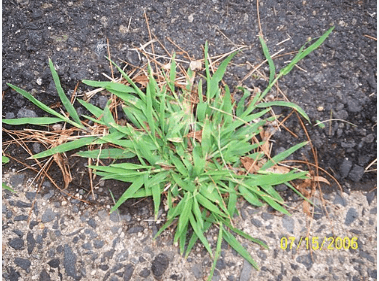
Digitaria spp. - This is a common weed of agricultural fields, pastures, and lawns. The prevalent species of North America are D. sanguinalis, which is known as large or hairy, and D. ischaemum, which is known as smooth. Interestingly, the seeds are generally edible, and can be used for flour and fermented for beer, and a species known as Fonio is a staple crop in parts of Africa.
Crabgrass
Despite its name, it is actually a somewhat arbitrarily defined unit of 550 foot-pounds per second, and is the basis for measuring tractor engine power.
Horsepower
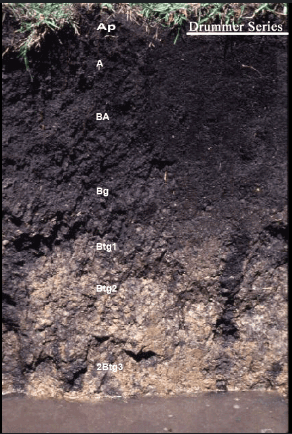
Soils of grassland ecosystems, characterized by thick, OM-rich surface horizon. Make up ~7.0% of Global ice-free soils, and are the most extensive in the US, at 21.5% of land area, primarily in the Great Plains. (All number in this section from University of Idaho).
Mollisol
Coming from the Latin for "son" or "daughter," what does the F in the F1 generation mean? (Not Formula 1, lol)
Filial
Aforementioned Latin is filius and filia
This family is part of the superasterids and contains ~2,700 species. They are well known for their alkaloid content that makes many of them or their parts poisonous, such as in countless types of nightshade. However, numerous members are crops, such as Potato, Tomato, and Eggplant (all same genus), as well as Peppers, Tobacco, and Gogi Berries; also ornamentals such as Petunias.
Solanaceae
A. tuberculatus - While a little bit less notorious than its Palmer cousin, this is a major weed of agricultural fields, especially in the South, and can be distinguished by its petiole shorter than the leaf blade (its longer in Palmer). There are reports of resistance to ALS inhibitors, HPPD inhibitors, and 2,4-D.
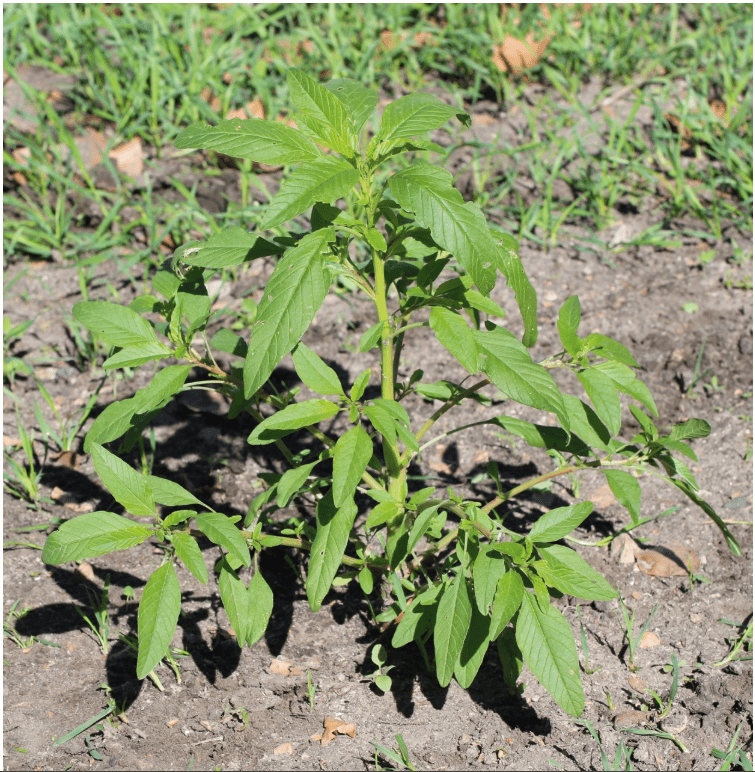
Tall Waterhemp, Roughfruit Amaranth
For a tractor implement which weighs 4000 lbs., with a total tire-ground contact area of 20 in2, what is the ground pressure in PSI.
200 PSI
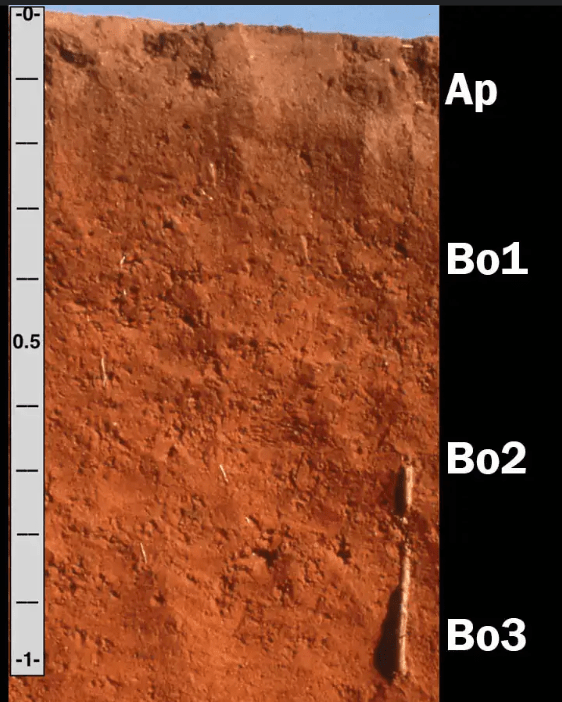
Characterized by highly weathered soils and low nutrient reserves. Makes up ~7.5% of the global ice-free land area. In the U.S., they only occupy approximately .02% of the land area and are restricted to Hawaii.
Oxisol
This is the number of sets of chromosomes in a cell, often represented as 2x, 4x, 6x etc. Cotton and potato, for example, are considered tetra-, and wheat is considered hexa-.
Ploidy
This is the family of palm trees, of which there are ~2,600 species. Some of the most common to see are the Mexican Fan Palm (Washingtonia robusta), Sabal Palm / Cabbage Palm (Sabal palmetto, on the South Carolina state flag), and Mediterranean Fan Palm (Chaemerops humilis). They possess the most complete example of apical dominance, with only a single growing point that kills the plant if decapitated (except for the genus Hyphaene, with is the only genus of branched palms). Phoenix dactylifera, the Date Palm, was one of the earliest cultivated plants, with evidence pointing to 7000 BCE.
Arecaceae
This is the group of PPO inhibitors, which work by causing a rapid buildup of peroxidative agents that break down plant cell membranes, and include examples such Flumioxazin, Fomesafen, Saflufenacil, and Sulfentrazone. Common symptoms are bronzing and necrosis.
Group 14
This type of plow uses hard metal points to rip up the soil without overturning it as a moldboard plow would, and is very effective at breaking up hardpans (compacted layers of soil). It was invented in the early 1930s by Oklahoma farmer Fred Hoeme to combat soil erosion during the Dust Bowl.
Chisel Plow (aka Ripper)
They are characterized by high-clay profile with shrink-swell capabilities. They make up approx. 2.4% of global ice-free soils, 2% of US soils and are found primarily in Texas.

Vertisol
In corn, opaque2 (o2), as well as related genes like o16, are recessive genes responsible for these two essential amino acids typically lacking in corn, and are part of the genetic basis for Quality Protein Maize (QPM).
Lysine and Tryptophan
With a name referencing Greek water spirits, this is the second family to branch off at the ANA grade at the base of the Angiosperm tree, and includes aquatic plants such as water lilies, and spatterdocks, (but not Lotus plants, in the family Nelumbonaceae). Pictured here is the Bolivian Water Lily (Victoria boliviana), discovered in 2022, and the world record for the largest undivided leaf.
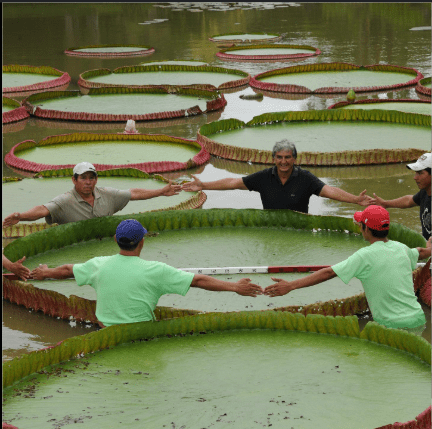
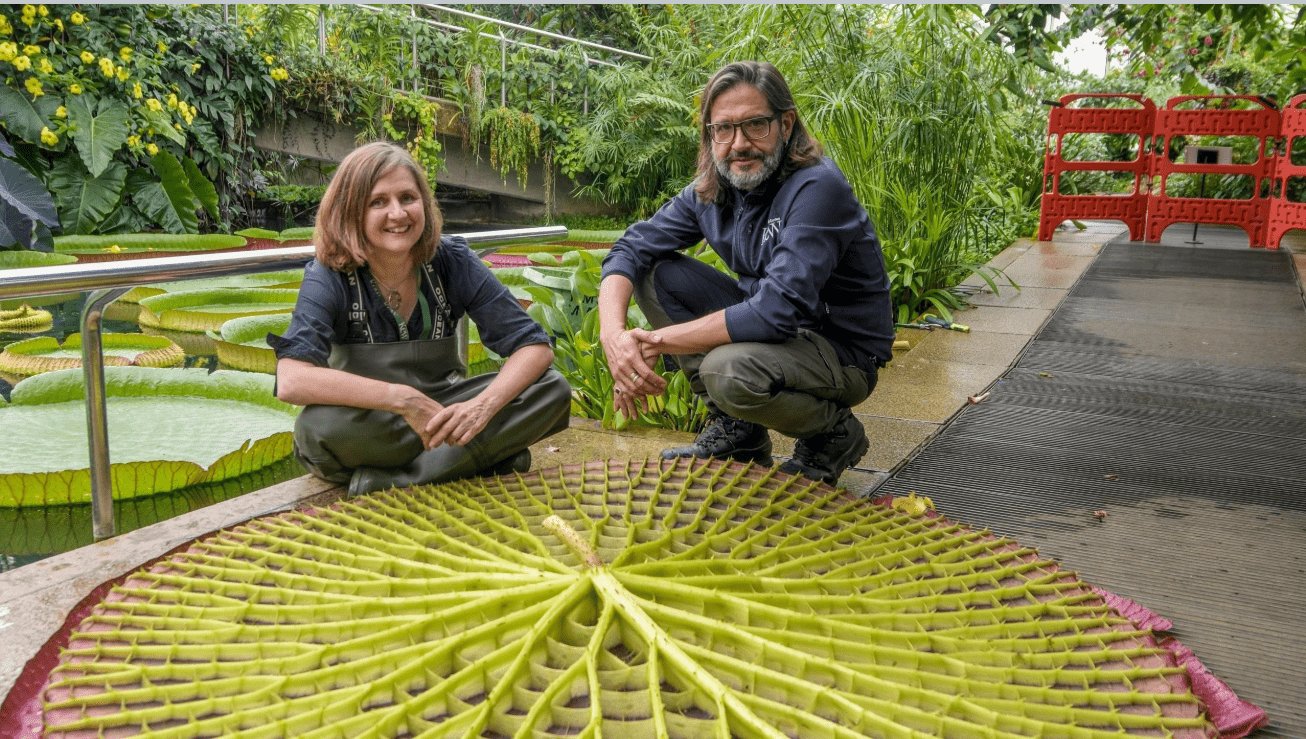
Nymphaceae
This is the mode of action for Group 3 herbicides, telltale symptomology is root-clubbing, as well as swollen or brittle stems. It works by interfering the production of a key part of the cytoskeleton and thus interfering with cell division.
Microtubule Inhibitor
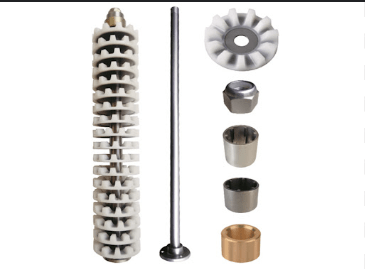
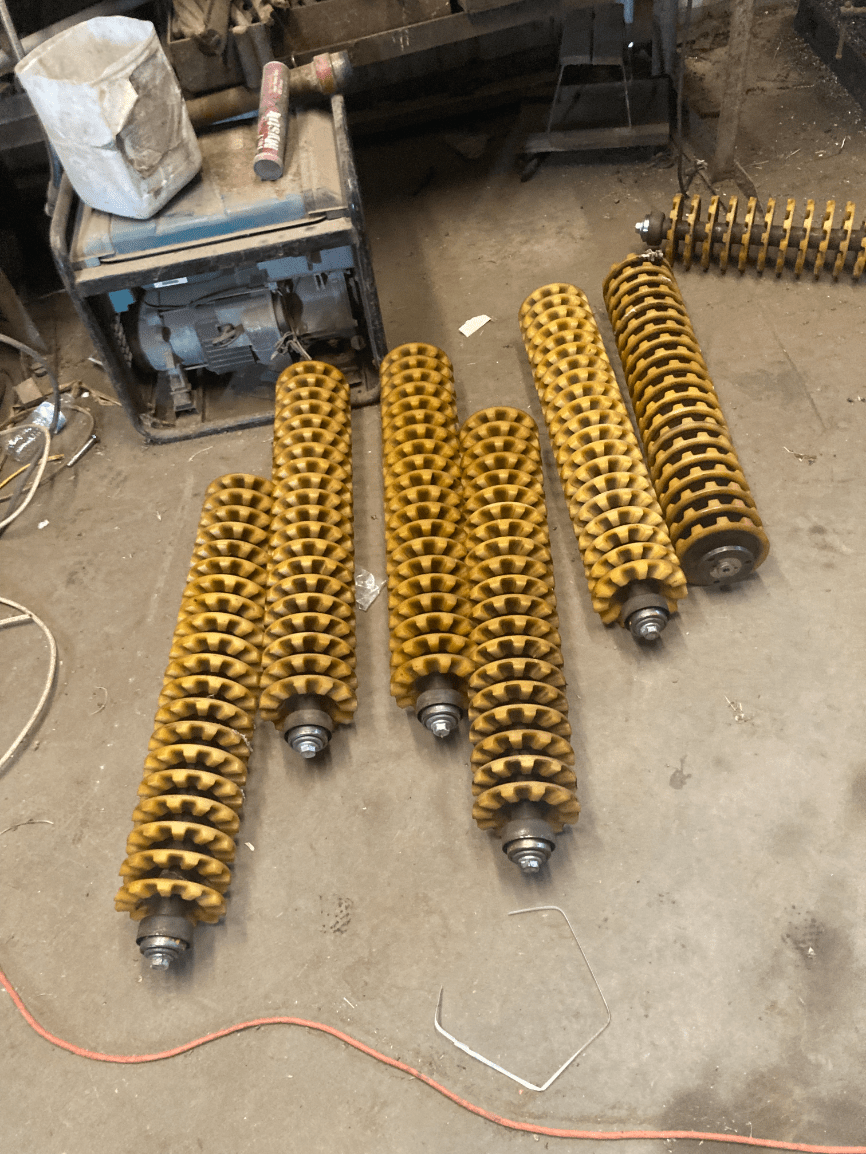
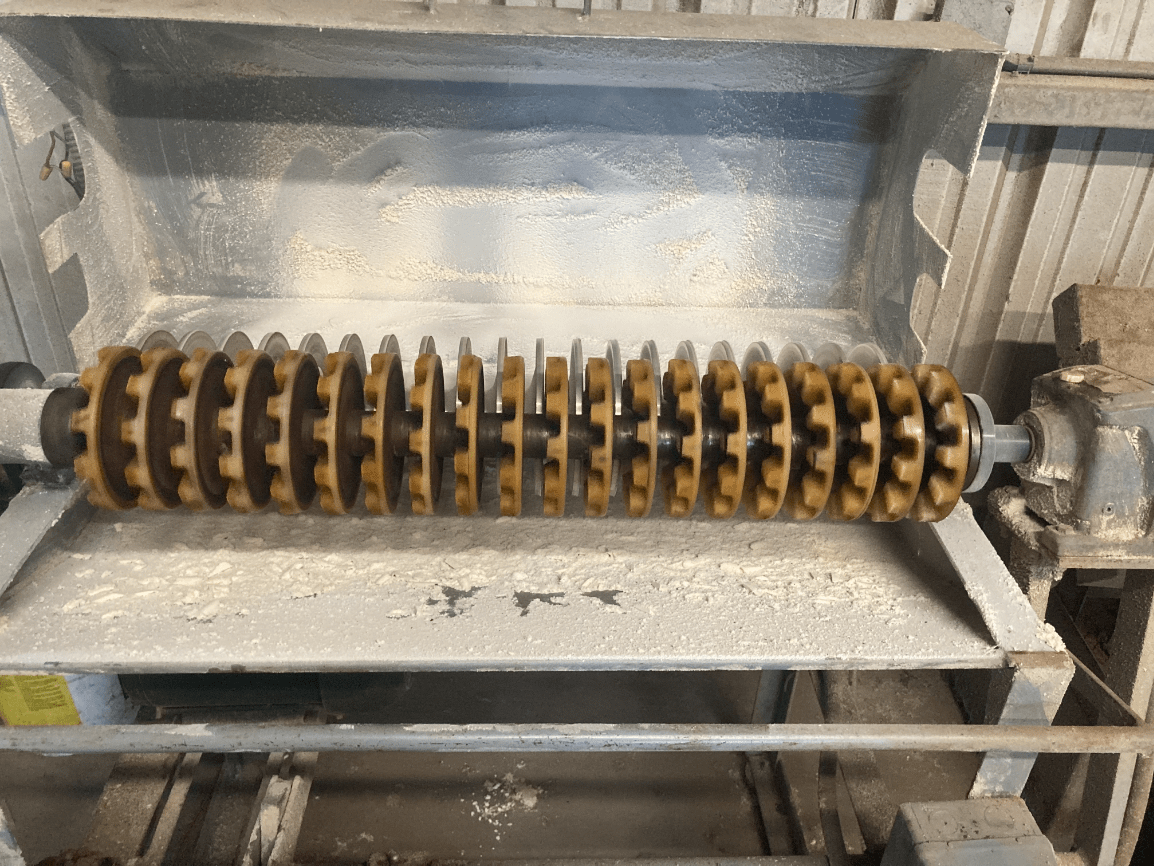
These are the parts on a cotton picker that knocks the picked cotton off the spindles as they rotate past, the cotton is then blown into the basket. They must be grinded periodically to be kept in alignment (which used to be done individually in my grandpa's time). Case IH pickers have 18 disks on the assembly, John Deere pickers have 20.
Doffers
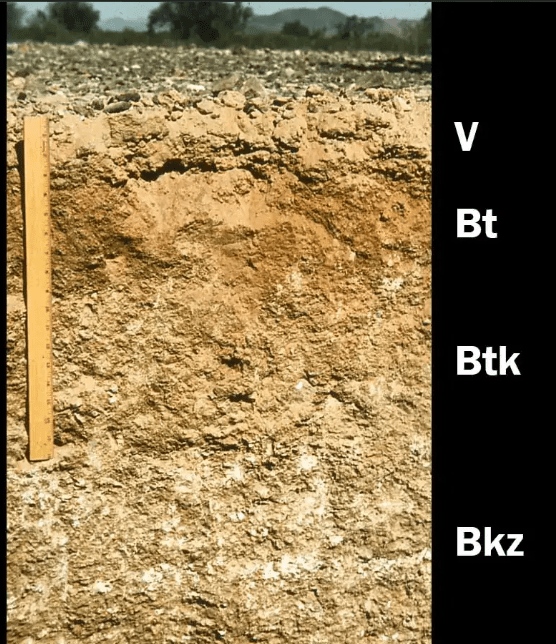
High in calcium carbonates, silica, salts and/or gypsum. Occupy about 12% of Earth's ice-free land and 8.3% of US land, primarily in the West.
Aridisol
In DNA replication, the DNA polymerase always operates from the 5' (read as 5 prime) to 3' direction. On the leading strand, this means the DNA is replicated straight through, however, on the lagging strand the DNA polymerase has to work backwards from the replication fork, which results in it working in these chunks of 150-200 base pairs, later connected by DNA ligase. They were discovered in the 1960s by a Japanese molecular biologist husband and wife duo. (What are these chunks called?)
Okazaki Fragments
This is the family of true yams, which are monocots (Sweet Potato Yams are dicots in the Convolvulaceae), named after an ancient Greek physician and botanist. Notable examples are Purple Yam/Greater Yam (D. alata), Air Potato/Air Yam (D. bulbifera), West African Yam (D. cayenensis), and Chinese Yam (D. polystachya) It also includes Bat Flowers and Arrowroot (genus Tacca)
Dioscoreaceae
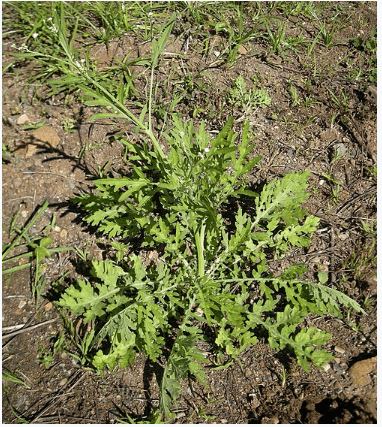
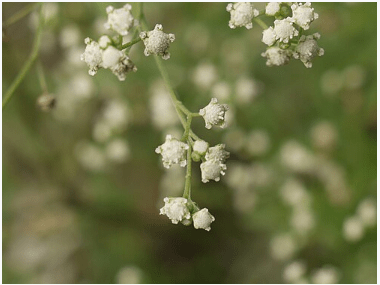
P. hysterophorus - This weed, incredibly common in Texas, is regarded as one of the worst and most successful invasive weeds on multiple continents. It causes allergens, contact dermatitis, and can make your skin extremely photosensitive; and it is responsible for bitter milk disease in livestock. It is also allelopathic, excreting chemicals in the surrounding soil that severely inhibit grown of both native and cultivated plants. It's known in many parts of the world as "Famine Weed."
Parthenium Ragweed, Santa Maria Feverfew
This is an advanced spraying system that uses individual solenoid valves to rapidly turn each nozzle on and off, which allows for precise control of the spray rate while maintaining constant line pressure. This technology improves accuracy, optimizes chemical application, reduces waste, and provides more control over droplet size and spray patterns compared to traditional sprayers, even when the sprayer's speed fluctuates.
Pulse Width Modulation
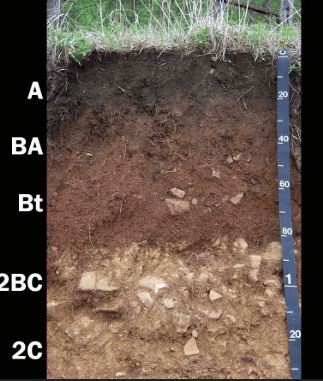
These soils are moderately leached with high native fertility, and mainly form under forested areas. Characterized by (1) subsurface zone of clay accumulation, and (2) subsoil Base Saturation >35% (which distinguishes it from Ultisols). ~10.1% globally, and 13.9% of US land area, dispersed across country.
Alfisol